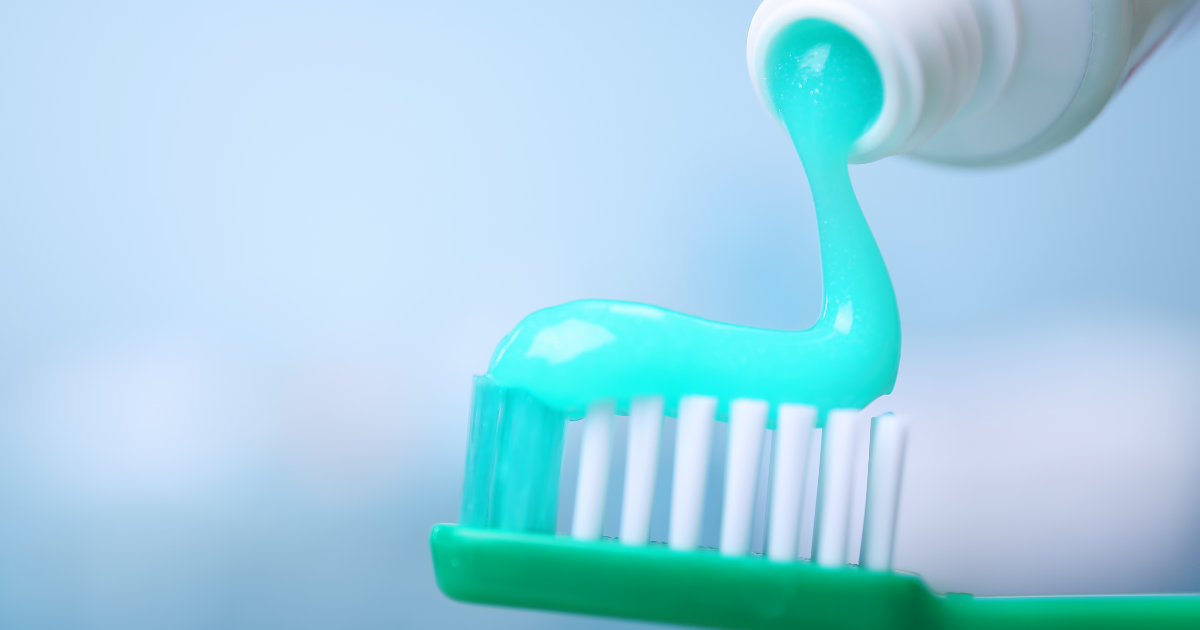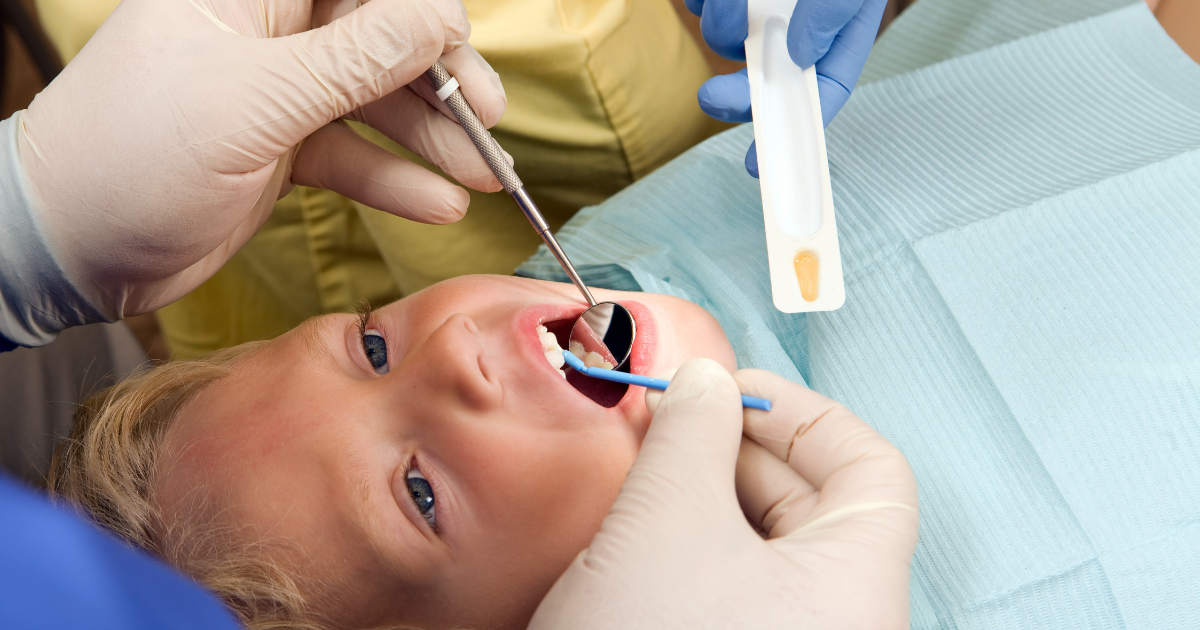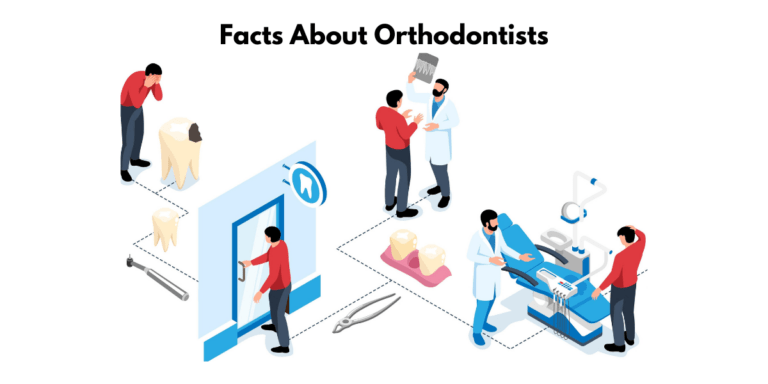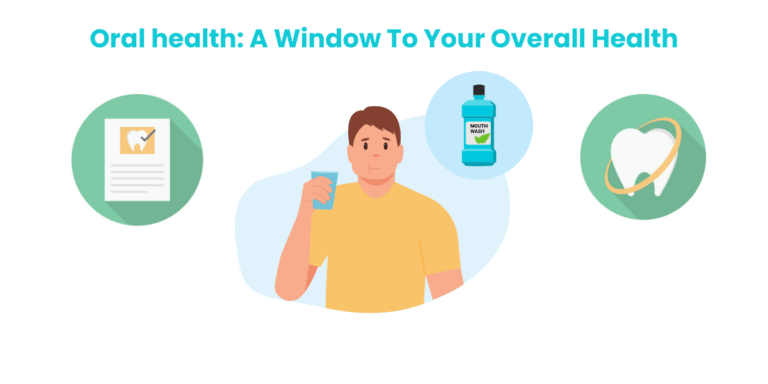Dental Fluoride Treatment: The Best Way To Prevent Tooth Decay
Dental Fluoride Treatment
Dental fluoride treatment is a process that uses fluoride to help prevent tooth decay. Fluoride is a mineral that is found in teeth and bones. It also naturally occurs in water, plants, soil, rocks, and even the air. When applied to the teeth, it strengthens the outer layer of the teeth, known as the enamel.
Fluoride is a mineral that is found in water and many foods. It has been used for decades as an effective oral health treatment. Fluoride fights harmful bacteria that damage the teeth and gums and supports a healthy tooth enamel. It can also reverse early signs of tooth decay.
If you are at high risk of developing cavities, fluoride is especially helpful in keeping your smile healthy. Our bodies take in fluoride both topically and systemically. Systemic fluoride, such as fluoridated tap water and supplements, is swallowed. Topical fluoride is applied directly to the teeth through toothpaste, mouth rinses, and in-office fluoride treatments.
One of the best ways to prevent tooth decay is to get dental fluoride treatment. Dental fluoride helps protect teeth from bacteria and acids that lead to cavities. When the enamel is affected, bacteria in the mouth can infect the inner part of the tooth, including the nerves and blood vessels. Cavities produce an acid that erodes both gum tissue and teeth. The acid can also break down the enamel, leading to further tooth decay.
In short, dental fluoride treatment is an effective way to minimize the risk of cavities and protect teeth from harmful bacteria. The treatment strengthens the enamel, making it more difficult for bacteria to penetrate and cause decay.

What is dental fluoride treatment?
Dental fluoride treatment is a procedure that helps to prevent tooth decay. The treatment is typically applied with a swab, brush, or tray and can be administered every 6-12 months. Dental luoride treatments help to remineralize the teeth and protect them from cavities.
Your dentist may recommend fluoride treatments for those at a higher risk of tooth decay. Dental fluoride treatments can help keep your teeth healthy and strong, preventing cavities and other dental problems. Dental fluoride treatments are a more effective way to prevent tooth decay. Dental fluoride treatments can be performed in the office and offer fast, convenient treatment options.
What happens during a dental fluoride treatment?
If you are interested in dental fluoride treatment, you should know a few things. Fluoride is a mineral that helps to prevent tooth decay and cavities. It is found naturally in water and some foods, but sometimes fluoride levels may not be high enough to provide the necessary protection against tooth decay. That’s where dental fluoride treatments come in – they help increase the level of fluoride in your mouth, which can help protect your teeth from cavities and decay.
The amount of fluoride removed by drinking water depends on your home’s water treatment system. Activated carbon filters may remove over 80% of the fluoride in water, but they do not remove it all. People with home water treatment systems should have their tap water tested and monitor the level of fluoride they receive throughout the year and have a private laboratory test their tap water if necessary.
Fluoride levels in your water can vary depending on the product you purchase. So it is important to check with both the manufacturer and your local health department before making any decisions about getting a dental fluoride treatment.
How much does a dental fluoride treatment cost?
The cost of dental fluoride treatment is worth it and significantly less costly than tooth decay repairs. The Centers for Disease Control and Prevention (CDC) has shown that every $1 invested in water fluoridation saves up to $38 in dental costs.

How much fluoride do you need?
Fluoride toothpaste is suggested for parents with children ages 3-6. The American Dental Association (ADA) recommends that parents start using fluoride toothpaste when their children are about three years old. It is important to use toothpaste that contains fluoride to help prevent tooth decay. There are a variety of fluoride levels in different kinds of toothpaste, and it is important to choose one that has the right level for you.
The American Academy of Pediatrics (AAP) has stated that using a “smear” of fluoride twice a day is the best way to prevent tooth decay in children when they cut their first teeth. In addition, infants younger than two can be exposed to lower fluoride concentrations without any adverse effects.
Some people might need more fluoride to prevent tooth decay, and it is best to talk to your dentist about the specific amounts you need.
Fluoride for children
Fluoride is a mineral that helps to develop healthy teeth in children. It’s typically used in toothpaste and water fluoridation, and it can be found in many different dental products. However, too much fluoride can cause fluorosis, leading to tooth decay and cavities. Parents should use a soft bristle brush to apply fluoridated toothpaste to their children’s teeth. Dentists may prescribe fluoride supplements for children who have a high risk of tooth decay because of their diet or lack of exposure to fluoridated water. Dental fluoride treatments help reduce the risk of tooth decay and make sure that teeth get enough fluoride. Adults can take care of their teeth by brushing twice a day with fluoridated toothpaste. If you’re concerned about whether you’re getting enough fluoride, talk to your dentist about supplements.
Types of dental fluoride treatment
There are a few different types of dental fluoride treatment that you can use to protect your teeth from decay. The most common type is using a mouthwash that contains fluoride. You can also get dental fluoride treatments at the dentist, which involve applying a fluoride gel or varnish to your teeth. It is important to note that you should not use toothpaste for small children because it has too much fluoride and is not recommended by the American Dental Association.
There are two main types of dental fluoride treatments: mouthwash and toothpaste. It is important to wait at least 30 minutes after using these treatments before eating or drinking anything. This will allow the fluoride to work properly and prevent tooth decay.
Some people may not be able to use fluoride toothpaste or mouthwash every day, so their dentist can prescribe a product that they can use for several weeks instead. Prevident is a prescription product containing an increased concentration of fluoride- it helps prevent cavities and tooth decay.
There are three types of dental fluoride treatments: topical fluoride, systemic fluoride, and varnish. Topical fluoride is the most common and comes in the form of toothpaste, mouthwash, or gel that is applied to teeth. Systemic fluoride is taken orally in pill or liquid form and enters the bloodstream to protect teeth from decay. Varnish is a type of topical fluoride painted on teeth and hardens quickly to provide protection. MI Paste Plus is not toothpaste but also has tri-calcium phosphate and does not have fluoride in the ingredients list, so it is safe for people with sensitive teeth to use as a preventative measure.
There are three dental fluoride treatments: mouth rinses, toothpaste, and supplements. Your dentist will prescribe that you continue brushing and flossing with your regular products; however, if Pro-Flu is necessary, your doctor will instruct you on the proper use of fluoride supplements.
In-office fluoride treatment
In-office fluoride treatments are professional strength applications of fluoride applied to your teeth after a cleaning. The varnish is applied with a small brush and absorbs the tooth surface much as dental floss does. In-office treatments are stronger and thus require professional authorization. However, they can help prevent cavities and build up enamel in just one visit!
Strength of dental fluoride treatment
The dentist will typically think of fluoride when they recommend dental treatments. Fluoride is a substance that strengthens teeth and prevents cavities. It binds with calcium in the enamel of teeth to protect them from bacteria. This will enhance your teeth’ enamel by breaking down any growth of bacteria and erasing any damage done to your tooth. Cavities cannot be prevented without dental fluoride treatment; it is one of the most important factors in cavity prevention.
Injection and gel forms of dental fluoride treatment
There are two main ways to get dental fluoride treatment: injection or a gel.
An injection is when the dentist gives you a shot of fluoride directly into your bloodstream. This is usually done if you have a high risk of cavities, such as people with diabetes or those who take medications that dry out their mouths.
Gel treatments are more common. A dentist will apply the gel to your teeth for a certain time, usually six hours. You can then go about your day as normal. The gel will be removed later in the day.

What are the benefits of fluoride?
Fluoride is a mineral that is found in water and many different foods. It is beneficial in preventing tooth decay. Fluoride treatments are especially important for children under six, as their teeth are still developing and are more susceptible to cavities.
In addition, fluoride is an important mineral for people with special oral care needs. This includes people who wear braces and those receiving cancer treatments that affect the mouth. Fluoride helps neutralize acids in the mouth, which can cause damage to teeth when they come into contact with food particles.
One of the benefits of fluoride is that it helps reduce the risk of developing tooth decay. Saliva plays an important role in protecting teeth and gums from bacteria and acids that can cause tooth decay, and low saliva levels are thought to be a major cause of tooth decay. Fluoride helps increase saliva production, which helps protect teeth from cavities.
It prevents tooth decay and cavities.
A cavity is generally considered “minor” when it’s in the early stages of development. However, if left untreated, a cavity can turn into something much more serious and may require extensive dental work. The key idea here is that prevention is better than cure, so even a small cavity should be prevented as soon as possible to avoid more expensive future surgeries.
Fluoride is essential for healthy teeth and prevents cavities. Fluoride supports the outer protective layer of teeth and tooth enamel. When fluoride comes in contact with saliva, it hardens tooth enamel and makes it resistant to acids that cause cavities. Cavities form when plaque – a sticky film of bacteria – combines with sugar and other food particles on your teeth. The bacteria produce acid, which eats away at the enamel and creates a hole or lesion in the tooth surface. If this lesion isn’t treated right away, it can turn into a cavity.
Fluoride treatment benefits include preventing tooth decay and gum disease and reducing your risk for tooth loss. Gum disease (gingivitis) starts when plaque accumulates around the gums, where they attach to the teeth above and below the line of gum tissue. The plaque causes the gums to become red, swollen, and bleed easily. If left untreated, gingivitis can lead to more serious problems, such as periodontitis – a progressive condition that can damage the gums and bones that support the teeth.
Fluoride treatment side effects are typically mild, such as sore throat or mouth sores. In some cases, people may experience a temporary increase in cavities after getting fluoride treatments. However, this is usually because their oral hygiene wasn’t good before treatment, or they weren’t following proper instructions for keeping their teeth healthy after treatment.
The cost of fluoride treatments varies depending on the method used to administer the treatment and their location in the US.
Reduces plaque and tartar build-up
Fluoride toothpaste is the brand that many people trust to protect their teeth from plaque and tartar build-up. The product helps prevent cavities, enamel damage, and plaque buildup, leading to bad breath and tartar build-up. Fluoride also offers sensitivity relief for those who have a hard time with normal toothpaste.
Reduces the risk of gum disease
One of the benefits of fluoride is that it helps reduce the risk of gum disease. Gum disease can often lead to tooth loss, so it’s important to take steps to prevent it.
Fluoride can help keep teeth healthy and fight off bacteria that can cause gum disease. It’s good to have regular visits with your dentist, especially if you haven’t used fluoride treatments before.
If you’re looking for an easy way to add fluoride treatment into your oral care routine, consider getting a fluoridated toothpaste or mouthwash. Fluoride can also be added after a regular cleaning or provided as a separate treatment.
Are there side effects to fluoride?
Yes, fluoride toothpaste can be toxic if you consume it in high doses. It is important always to follow the instructions on the toothpaste tube and to never swallow more than a pea-size amount of toothpaste at a time. Consult your dentist if you are ever unsure about how much to use.
Though fluoride is a natural element that helps to prevent tooth decay, it can also have adverse effects if children receive too much of it. Children 8 and younger are at risk for developing dental fluorosis if they use too much fluoride over a long period. This condition results in white spots or streaks on the teeth.
Toxic effects
Yes, fluoride is toxic if ingested in high doses. For example, swallowing a tube of toothpaste can be dangerous. However, using fluoride as directed–brushing your teeth twice a day with fluoridated toothpaste and using a fluoride varnish on young children–will not present a risk of toxicity. Be sure to follow the specific instructions provided by your dentist or doctor.
Allergies or irritation
There are rare reactions to fluoride, including allergic reactions. Skin irritation is one of the more common side effects. It’s important to note that these reactions are usually mild and temporary. If you experience any reaction after using fluoride toothpaste or mouthwash, stop using the product and consult your dentist.
Tooth discoloration
The most common side effect of fluoride is tooth discoloration. This condition, known as fluorosis, happens when a child ingests too much fluoride while their baby and adult teeth develop under the gums. It is important to follow the United States Public Health Service’s guidelines for the amount of fluoride that community drinking water should contain to avoid this condition.
Experts recommend using a minuscule amount of fluoridated toothpaste when children are too young to spit it out themselves. Still, they also suggest parents use it as soon as the first tooth erupts. Fluoride offers the protection of a cavity-free smile, but there are no negative side effects like fluorosis.
- Dental Visits Transformed: Meet Ollie, the Dentist Therapy Dog Making Dental Visits a Walk in the Park 🐾 - February 16, 2024
- What is a Dental Exam and How Often Should You Have One? - September 11, 2023
- Dental Fluoride Treatment: The Best Way To Prevent Tooth Decay - August 31, 2022







